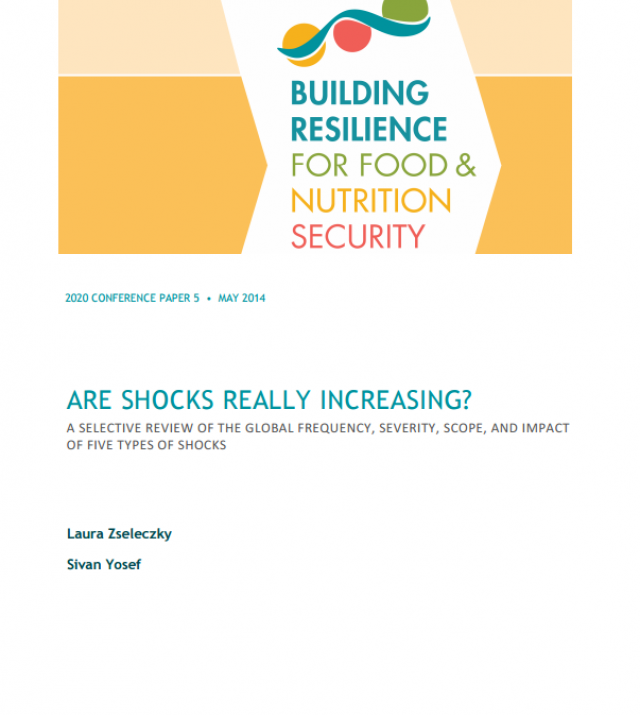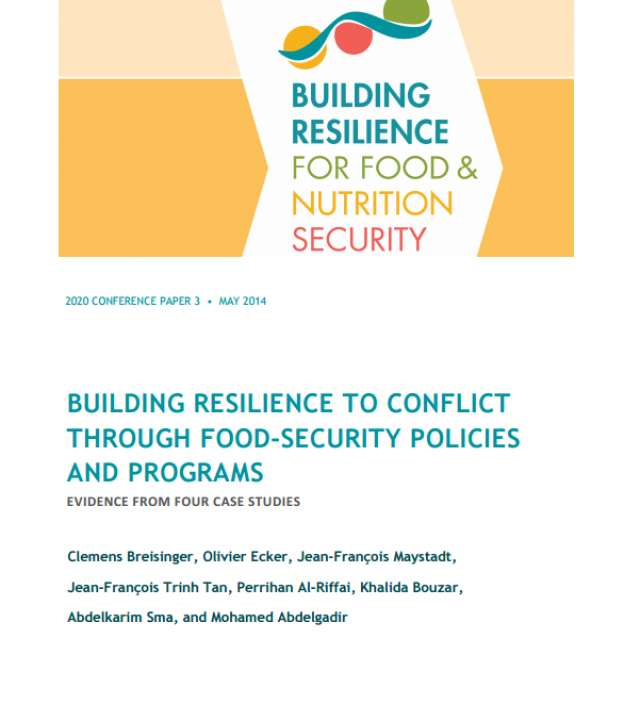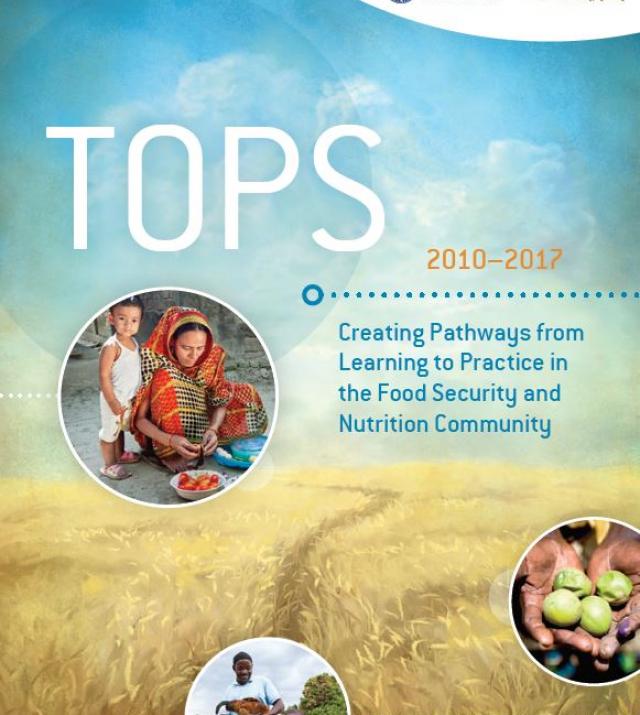
Are Shocks Actually on the Rise? A Selective Review of Five Types of Shocks

2020 Conference Brief 5
Policymakers, practitioners, and researchers frequently cite an increase in shocks around the world as a reason for focusing on resilience. But have shocks actually increased or become more severe and far‐reaching? What does the landscape of shocks look like?
Shocks are external, short‐term deviations from long‐term trends—deviations that have substantial negative effects (which may be short‐lived or long lasting) on people’s state of well‐being, level of assets, livelihoods, safety, and ability to withstand future shocks. Many shocks are unexpected, but in some cases, such as drought or conflict, the shock may be expected year after year although the individual, community, or system lacks the resilience to prepare for or mitigate it. In other cases, such as climate change, the general shock could be expected but the effect on a particular individual, community, or area could be unexpected.
This brief examines five types of shocks—conflicts, natural disasters, climate change, food price volatility, and health crises—as they relate to food safety and agriculture. It assesses their frequency, severity, or both during the past few decades as part of a selective, nonsystematic review.

